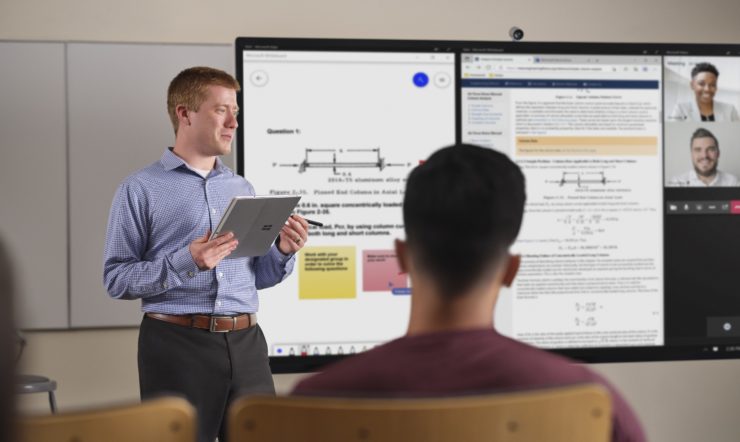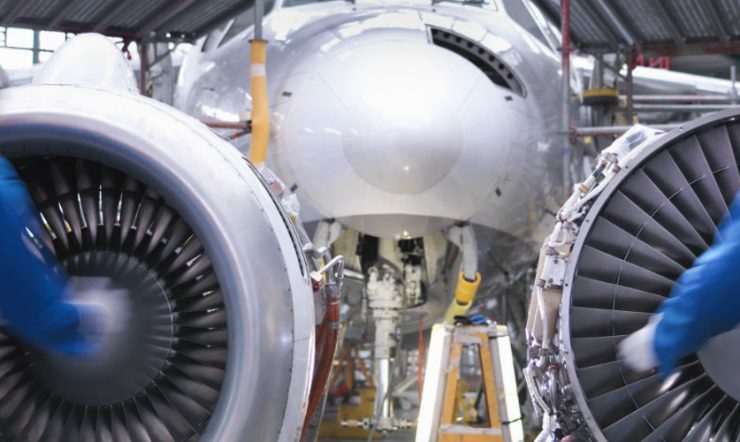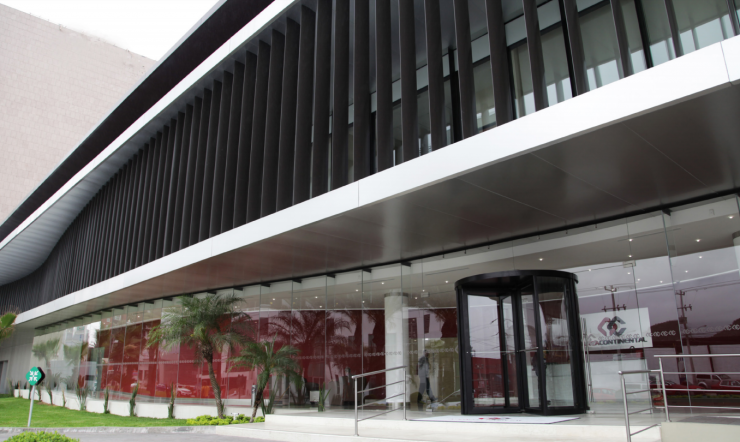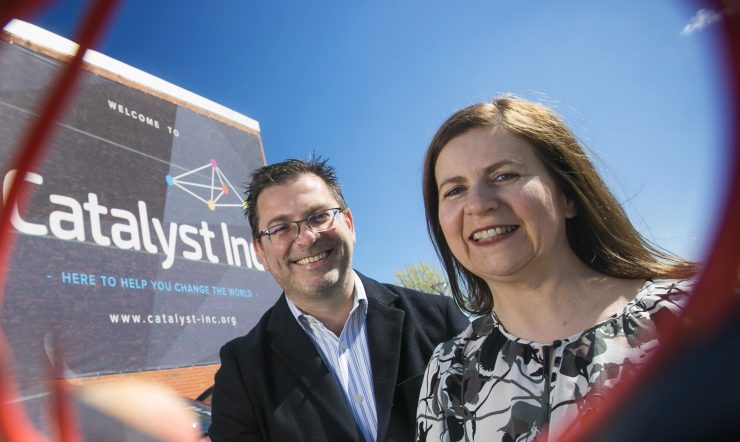In a changing world of innovative new technology, connected devices, and shifting employee and customer needs, what trends are shaping the future for the Field Service industry and how can you embrace them?
Trend #1: Putting the right tools into the right hands
“It’s about empowering the field service engineer with more than just the simple task that they need to perform. By integrating data into the operations of field service engineers, we are able to shift a task-oriented engineer into a skilled worker.”
JB Chong – EMEA Business Development Lead, Dynamics 365 for Field Service
Whether it’s by having accurate and contextually relevant information, the right tools or parts for the job, or access to additional support, the empowerment of engineers is quickly becoming an essential requirement for field service businesses. By connecting data and devices, engineers are better informed and can provide a higher level of service to customers, while also being able to access the information they require, through online resources or quick access to experienced staff. As more experienced technicians from older generations step back from field work, this trend enables continuity and scalability for businesses. Now, the most skilled worker doesn’t have to be on site, with the field engineer empowered to collaborate from any location or use cutting-edge augmented and mixed reality tools to guide them through their task.
Setting the trend: Yougenio. See how an integrated platform and data analysis helped Yougenio reduce costs by 15% and ensured staff arrived on time for 100% of their appointments:
https://youtu.be/URZueU-eFvo
Trend #2: Breaking away from ‘break/fix’
“Everywhere we look there are thousands of connected devices that are able to connect to the internet. Each one of those devices has the ability to diagnose itself and be able to look for anomalies. You can now go from contact centre all the way through Field Service in a single system, which is something you couldn’t do five or 10 years ago.”
Ben Vollmer – Global Leader, Dynamics 365 Field Service
Where the customer was once required to make the first move when a fault occurred or servicing was required, connected devices making up the ‘Internet of Things’ (IoT) are now increasingly enabling a proactive approach for Field Services businesses. Today, the device itself can not only self-monitor and pre-empt when servicing is required, but also provide far more detail and context than would normally be provided, enabling engineers to arrive well informed and with the right equipment. This predictive maintenance model not only improves customer service relationships, but can also reduce costs through increased efficiency, and will become even more prevalent as the ubiquity of connected devices increases.
Setting the trend today: Sandvik Coromant. Find out how Sandvik Coromant used IoT to scale the services of its technical experts with predictive analytics:
https://youtu.be/Oq6z3UALoYI
Trend #3: Enabling new business models through connected Field Service
“Organisations are having to change their business models. For example, some would traditionally sell hardware and a service contract. Their customers are demanding a different approach, a ‘servitisation’ approach, and that means changing their business processes, changing their functional workloads and using the technology to deliver what the customers are asking for.”
David Brown – EMEA Service Cloud Platform lead
Traditionally, field service systems have been back office-driven cost centres, but today they are shifting to become profit centres or as-a-service centres, and the needs of organisations are rapidly changing.
Field service is increasingly becoming part of the overall customer experience, with customers demanding more information and visibility over operations, and more and more businesses looking to outsource all non-core service delivery operations and access an integrated suite of services. Organisations providing these services, therefore, will be required to invest in the transformation of their technology in order to meet this increasingly common customer requirement.
Setting the trend today: Sodexo. Learn how a major digital transformation initiative has delivered greater transparency for Sodexo, and genuine clarity and cost savings for its clients: https://enterprise.microsoft.com/en-au/customer-story/industries/manufacturing-and-resources/sodexos-digital-transformation-saves-millions/
Trend #4: Modern tools for millennial teams
“We’re pulling in a younger generation of technicians to do the work. As part of that, they have different expectations. They expect an app or a smartphone device that rules their workflows.”
Ben Vollmer – Global Leader, Dynamics 365 Field Service
Through improved efficiency, from the back office and out into the field, businesses can better serve engineers and their customers and, in some cases, provide services remotely. As companies recruit from a younger generation of millennial technicians, with different expectations than those before them, the tools available need to meet their demands – which, in turn, helps them to deliver the service levels expected by today’s customers. Integrated, connected data and modern solutions mean that processes, from scheduling and resource routing to updating customer records, can be enhanced and often automated without interrupting the normal flow of the business. With all information captured on the same device, engineers in the field can access crucial information normally confined to office locations, to help them better meet the needs of customers.
Setting the trend today: Handicare. Learn how Handicare connected its front and back end systems, improving staff performance and customers service:




























